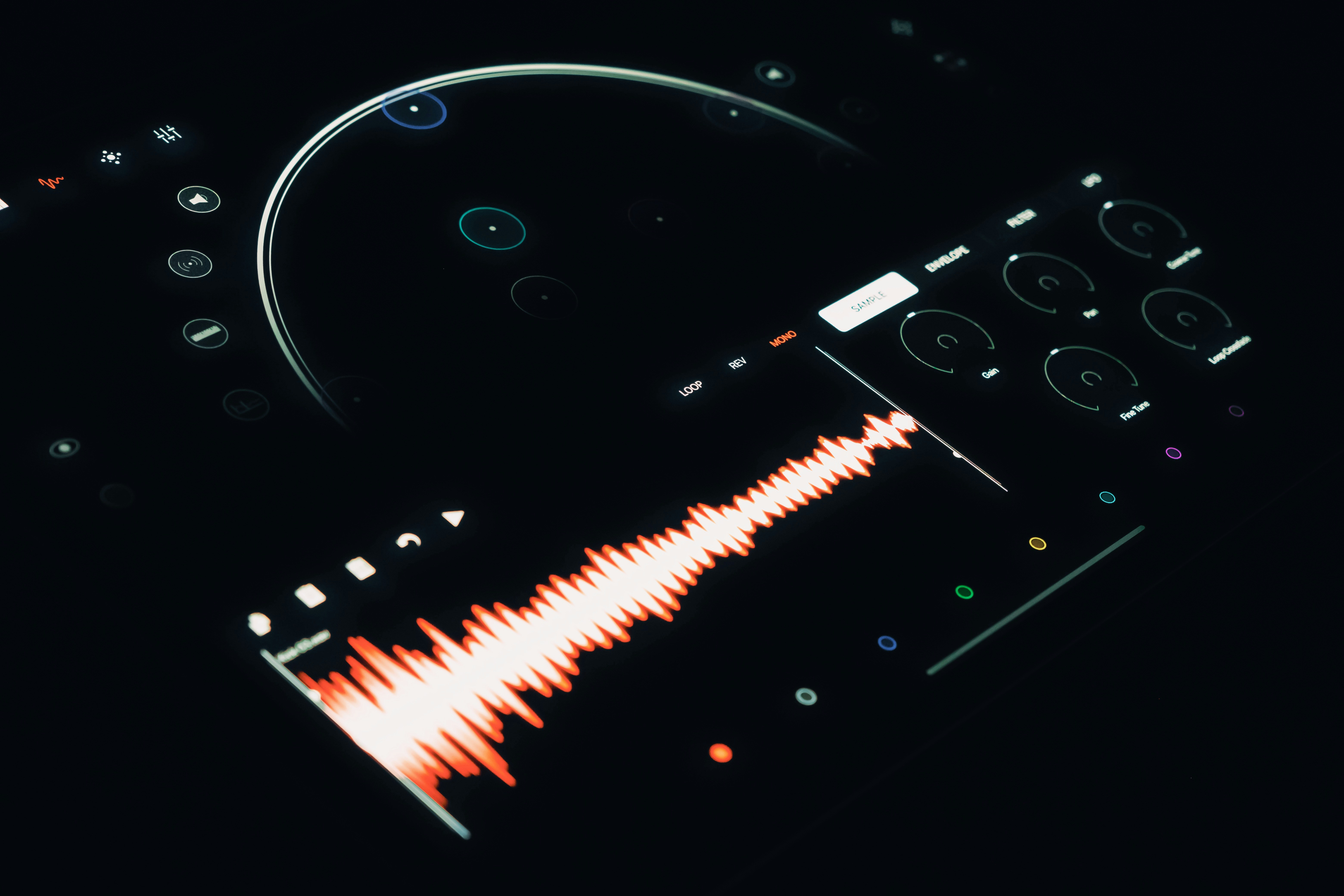The Soundscapes of Gaming: Unlock Emotion and Strategy Through Audio
In the sprawling universe of gaming, players often find themselves immersed in brilliantly crafted worlds filled with intricate narratives, eye-catching visuals, and—surprisingly often overlooked—immersive soundscapes. While graphics and gameplay mechanics often take the limelight, audio design plays a crucial role in shaping player experiences, influencing decisions, and evoking emotions. Let’s take a deep dive into how audio design, from ambient noise to dynamic soundtracks, profoundly impacts gameplay and player psychology.
The Power of Sound in Gaming
Imagine yourself playing a horror game. The eerie creaking, whispers in the dark, and sudden, jarring sounds can send a chill down your spine. Now, juxtapose that with an adventure game filled with triumphant orchestral scores during key moments. Sound has a unique ability to guide player emotions and choices, crafting a narrative that transcends mere visuals.
Studies indicate that sound can impact cognitive performance, mood regulation, and even decision-making. In gaming, this means that the background music, sound effects, and voice acting all contribute to a player's emotional state and their actions within the game. Music can enhance tension or provide relief, while sound effects can signal danger or success, directly influencing how a player interacts with the game world.
Case Study: The Last of Us Part II
Take The Last of Us Part II, a game known not just for its storytelling but also for its exceptional sound design. The haunting melodies paired with the lush, eerie soundscapes enhance the player’s emotional engagement with the storyline and characters. Notably, during high-stakes moments, the sound shifts in intensity, creating a palpable sense of urgency and tension. This is a classic example of designed sound that directly influences both gameplay strategy and emotional response.
According to Nils Frahm, a sound designer working on the project, "Every note, every rustle in the leaves was calibrated to resonate with the player's feelings." This meticulous crafting not only creates immersive experiences but also shapes players' decisions as they feel compelled to act based on what they hear.
For more insights on psychological aspects in gaming, check out our article on how environments influence emotions.
The Science Behind Sound Design
So, how does sound engage players? Let's break it down:
-
Ambiance and Environment: The subtleties of ambient sounds can draw players into a game's universe. The rustling leaves, distant thunder, or the buzzing of a neon-lit city can create an immersive backdrop that influences a player’s emotional response.
-
Dynamic Soundtracks: Modern games often feature adaptive soundtracks that evolve in real-time based on player actions. When a player enters a tense combat situation, the music shifts to evoke urgency, pushing them to make quicker and more strategic decisions.
-
Sound Effects: These tiny audio cues—like a simple click when picking up an item—provide feedback and have a psychological impact. They can make actions feel more rewarding or can signal danger, thus shaping players' reactions.
For further insights on the relationship between audio and emotion in gaming, visit this detailed exploration of soundscapes.
Expert Insights: Interview with Audio Designers
To shed light on the intricacies of audio design in gaming, I spoke with Laura Smith, an audio designer known for her innovative work on a variety of popular games. "Ultimately, sound design is about creating a dialogue with the player," she explains. "It’s a way of communicating the unspoken elements of the story and gameplay, allowing players to feel connected to their actions."
Laura emphasizes the importance of balancing musical cues with strategic sound effects. "Each element must work in harmony; if the music overpowers the sound effects, the player may miss crucial gameplay signals. Conversely, if sound effects aren't prominent enough, players might feel detached from the narrative."
The Emotional Impact of Music in Games
1. Enhancing Narrative and Emotional Connection
A well-composed soundtrack can transcend gameplay mechanics to enhance the narrative. This emotional connection often leads to players forming bonds with characters and storylines, making decisions that align with the feelings evoked by the music.
For instance, games like Journey rely heavily on musical cues to guide player emotions. Players experience a range of feelings from joy to sorrow, all influenced by music that reflects the character’s journey. Such an immersive experience encourages players to make decisions based on emotional resonance rather than just gameplay needs.
2. Sound in Competitive Gaming
In competitive gaming, audio cues can be the difference between winning and losing. A simple sound can indicate an enemy's presence or signal when to execute a strategy. Pro players often rely on sound to anticipate opponents’ moves, making acute listening a vital skill.
Final Thoughts
The soundscapes of gaming extend far beyond mere background noise; they are vital components that contribute to the overall player experience. From shaping narratives and enhancing emotional connections to influencing strategic decisions, audio design remains a powerful tool in the gamer’s arsenal.
As we explore innovative audio designs in gaming's future, it's essential to remember just how integral sound is to our experience. Next time you immerse yourself in gaming, pay attention to how sound influences your journey, feelings, and choices. Whether you are overcoming a challenging level or engaging with a deep narrative, remember that the auditory experience is there, guiding you along the way.
For further reading on interactive narratives and emotional connections in gaming, check out this insightful article and uncover more layers of how audio impacts gameplay.









